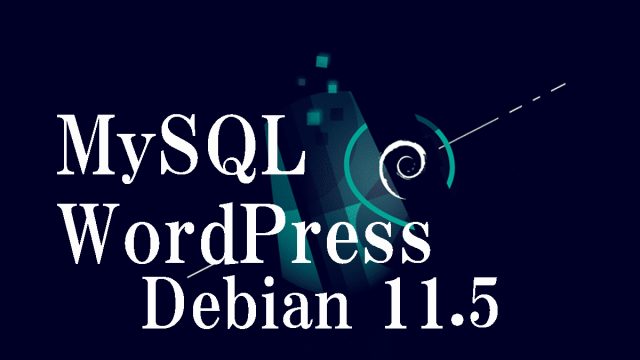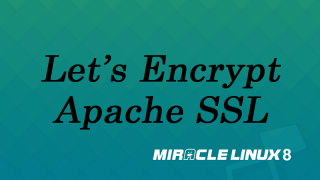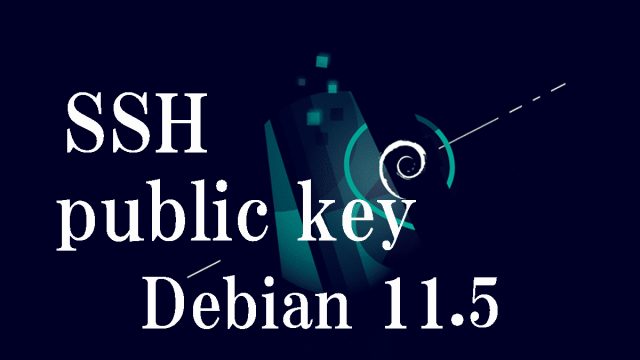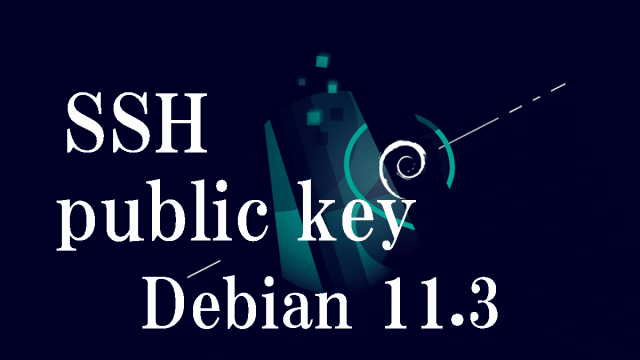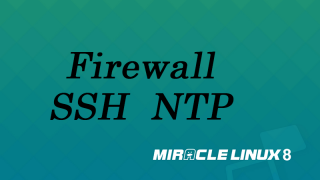 miracle8.4_en
miracle8.4_en MiracleLinux8.4 ; Firewall , SSH , NTP server
1.Setting up SSH remote connection
SSH is a service to connect to a server remotely, and is basically running right after the OS installation, but the default settings are somewhat insecure.
In this section, we will configure the settings to change the default settings and increase the security of the ssh connection.
1.1 Change the configuration file of SSH service.
2.How to set up a firewall (firewalld)
In MiracleLinux, the firewall is set to firewalld by default, which is enabled when the OS is installed.
To briefly explain firewalld, when setting up a communication control policy, communication permission/blocking rules are applied to predefined zones, and the zones are assigned to each NIC (network adapter).
3.Synchronize the server time with Japan Standard Time.
① Change the configuration file as follows




